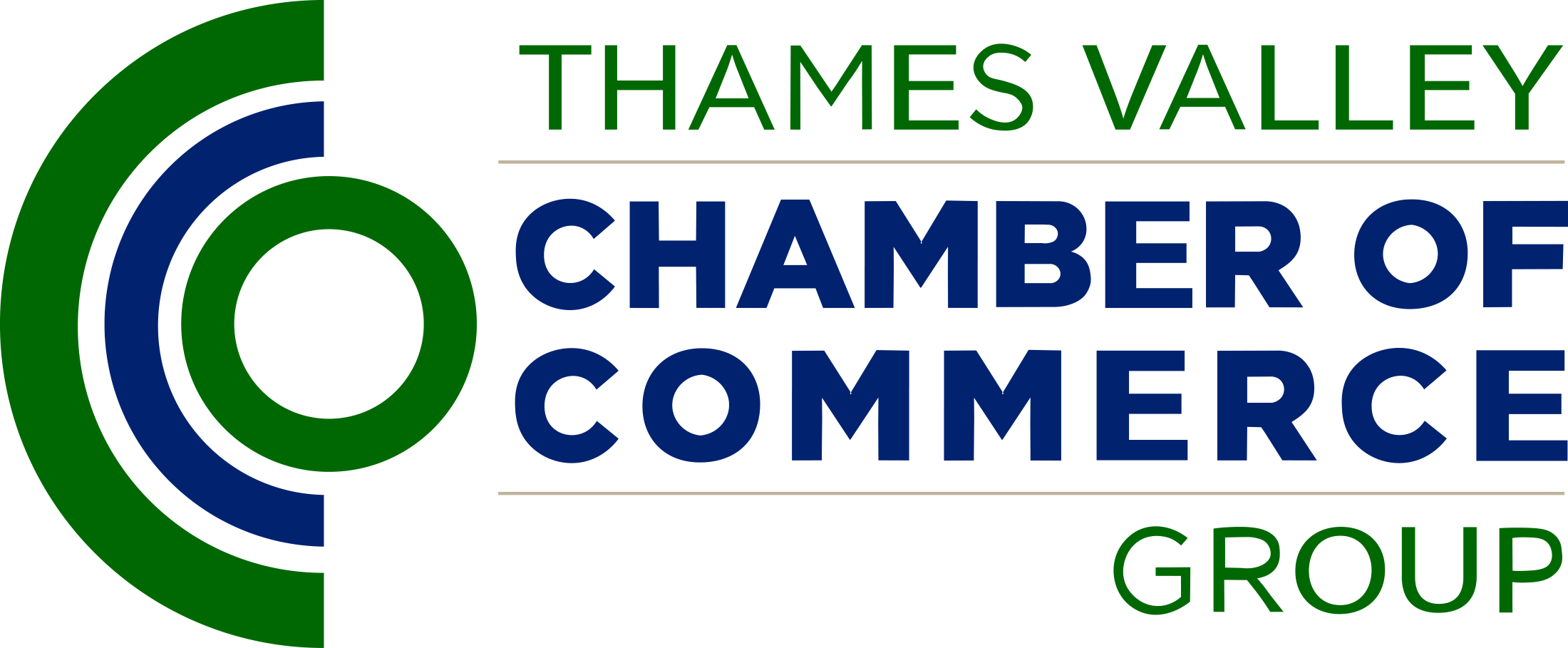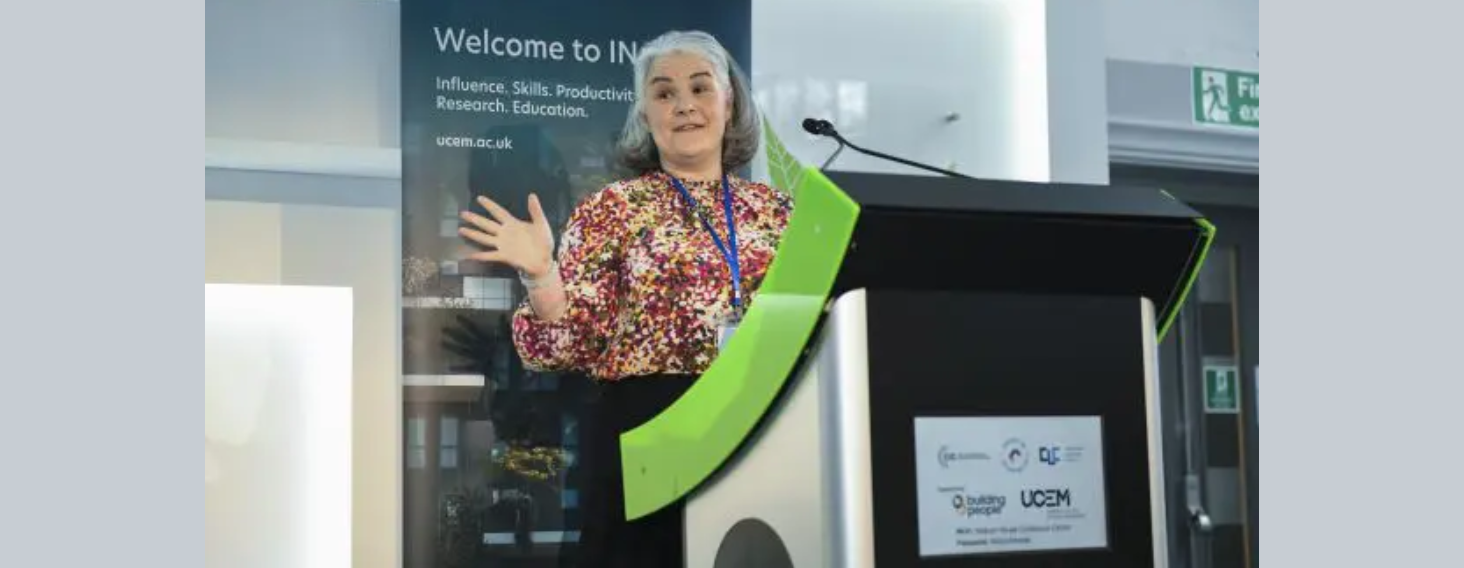Workplace equality, diversity, and inclusion (EDI) is no longer being treated as a nice-to-have by corporations. Companies identified as ‘inclusive’ are more successful a recent study by Josh Bersin with Deloitte showed that inclusive companies have a cash flow 2.3 times higher per employee than their counterparts, and were 1.8 times more likely to be change ready and 1.7 times more likely to be innovation leaders in their market. What’s more, McKinsey predicts that if the global workforce became equally gender-diverse by 2030, global GDP could increase by as much as $13 trillion.
The benefits of embracing EDI go beyond just the bottom line, too. A survey by Glassdoor found that over three quarters (76%) of job seekers and employees value diversity as an important factor when assessing job opportunities. At a culture level, employees that feel included by their businesses are around 3x more likely to feel engaged in their work than their peers.
The built environment is an example of an industry working hard to increase representation, but there’s still room for improvement. According to the Office for National Statistics, people from ethnic minority backgrounds make up 14.4% of the UK’s population (ONS 2019) but only 2% of Royal Institution of Chartered Surveyors (RICS) membership. A survey by Construction News of LGBTQ+ industry professionals in the UK found that over half (54%) of respondents didn’t feel comfortable being open about their sexuality or gender identity on site.
Read how Misa von Tunzelman, UCEM Trustee and Head of Corporate Affairs & Marketing, Europe at Lendlease, is exploring how built environment leaders and businesses can support EDI, increase representation and identify the areas most in need of change.
Click here

